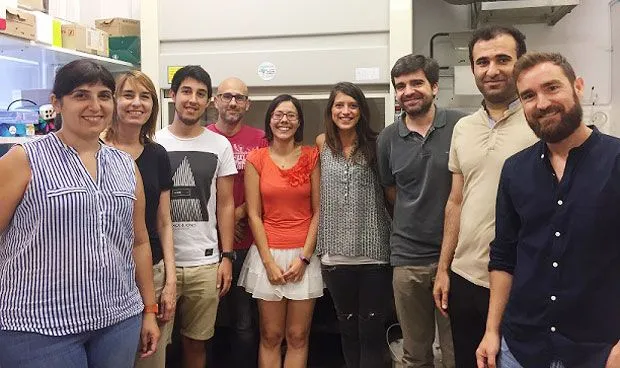A study led by the University of Barcelona shows that the increase in mice of very low density lipoproteins (VLDL), which are responsible for transporting triglycerides in the blood, can cause worsening of insulin resistance, which favorsThe development of type 2 diabetes.
The work has been published in the Diabetology magazine and has been led by Manuel Vázquez, researcher at the Pharmacology and Pharmacognosy Unit of the University of Barcelona and a CIBER member of Diabetes and Metabolic Diseases.
The work has been done with muscle mice cells, which are part of the most glucose tissue uses in response to the action of insulin, with the aim of verifying the impact of the increase in VLDL on resistance to this hormone.
“Until now we knew that insulin resistance causes atherogenic dysliphym, which begins with an increase in VLDL - and therefore triglycerides - that ends up causing a reduction in HDL cholesterol and smaller and dense LDL cholesterol particles thatThey are associated with an increased risk of cardiovascular disease, ”explains Manuel Vázquez."On the other hand, it was unknown what was the effect of VLDL on insulin resistance."
The results show that VLDLs can cause an increase in insulin resistance, which predicts and predicts the development of type 2 diabetes.insulin.We have also shown that the component of the VLDL that favors these processes would be a apoprotein that is part of the VLDL, the Apociii. ”
For researchers, the study shows the need to pay more attention to the increase in triglycerides in diabetic patients and opens the door to the design of more aggressive treatments to reduce them.“Since these results seem to indicate that triglycerides are another factor that can contribute to resistance to insulin and type 2 diabetes, a better control of VLDL and triglycerides could be an adequate therapy to reduce the risk of suffering from this disease”


